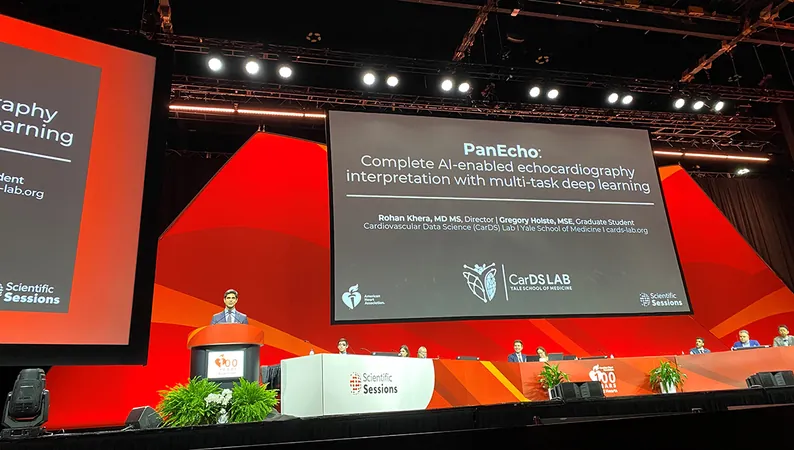
Revolutionary Breakthrough: Scientists Create Solar-Powered Hamster Cells!
2024-11-17
Author: John Tan
Revolutionary Breakthrough: Scientists Create Solar-Powered Hamster Cells!
Imagine a world where you could recharge your energy just by basking in the sun! Traditionally, this ability has been owned by green plants and algae, capable of turning sunlight into energy through photosynthesis. However, a groundbreaking study from researchers in Japan has revealed a remarkable advancement: photosynthetic animal cells.
On October 31, in a study published in the Proceedings of the Japan Academy, scientists unveiled how they successfully infused hamster cells with chloroplasts taken from red algae, granting these animal cells the astonishing ability to photosynthesize. This pioneering research defies long-standing beliefs that such a fusion of plant and animal cells was impossible.
According to Sachihiro Matsunaga from the University of Tokyo, who co-authored the study, “This is the first reported detection of photosynthetic electron transport in chloroplasts implanted in animal cells.” This electron transportation process is crucial for converting light energy into usable chemical power for the cells.
Initially, researchers speculated that the hamster cells would digest the foreign chloroplasts shortly after their introduction. Astonishingly, they discovered that the chloroplasts remained functional for up to two days, executing photosynthetic activity and producing energy. Through advanced imaging techniques, they confirmed this unexpected longevity and capability, even employing light pulses to track the photosynthetic process in action.
While the concept of solar-powered creatures is fascinating, the researchers have a more practical application in mind. They propose using these 'planimals' in the realm of tissue engineering. Lab-grown tissues often suffer from insufficient oxygen levels, limiting their growth potential. By introducing photosynthetic animal cells, scientists could enhance oxygen production through photosynthesis when exposed to light, improving the overall conditions for cell division and tissue growth.
In Matsunaga's words, “By incorporating chloroplast-implanted cells, we can supply oxygen directly to the tissue, promoting growth and overcoming the challenges of hypoxia.” Additionally, the team observed that the chloroplast-infused hamster cells exhibited a higher growth rate, indicating that these chloroplasts might not only provide oxygen but also pass on a carbon source, fueling the animal cells' growth.
As these researchers continue to explore the potential of 'planimal' cells, the possibilities seem limitless. In the near future, your houseplants may not be the only ones harnessing solar power! Imagine a world where advanced tissue engineering could lead to breakthroughs in artificial organs and sustainable food production, utilizing the sun's energy in ways we never thought possible.
Stay tuned as this exciting field of research advances, potentially reshaping our understanding of biology and enhancing our quality of life!



 Brasil (PT)
Brasil (PT)
 Canada (EN)
Canada (EN)
 Chile (ES)
Chile (ES)
 España (ES)
España (ES)
 France (FR)
France (FR)
 Hong Kong (EN)
Hong Kong (EN)
 Italia (IT)
Italia (IT)
 日本 (JA)
日本 (JA)
 Magyarország (HU)
Magyarország (HU)
 Norge (NO)
Norge (NO)
 Polska (PL)
Polska (PL)
 Schweiz (DE)
Schweiz (DE)
 Singapore (EN)
Singapore (EN)
 Sverige (SV)
Sverige (SV)
 Suomi (FI)
Suomi (FI)
 Türkiye (TR)
Türkiye (TR)